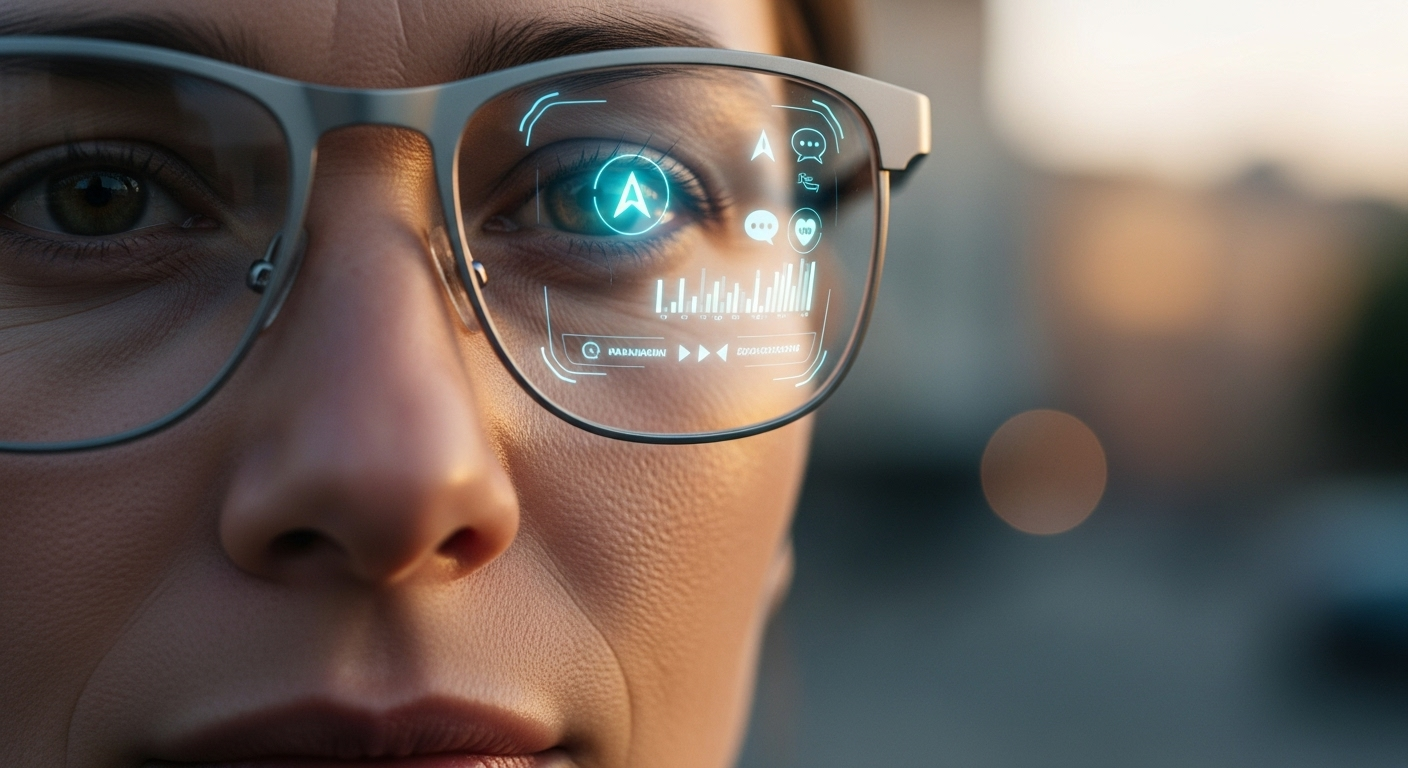Retinal Projection Displays: The Next Frontier in Visual Tech
In a world where screens dominate our daily lives, a revolutionary technology is poised to transform how we perceive digital information. Retinal projection displays, a cutting-edge innovation in visual tech, are set to redefine our interaction with digital content by projecting images directly onto the retina. This groundbreaking approach promises to deliver unparalleled image quality, reduce eye strain, and open up new possibilities for augmented reality experiences.

The Science Behind Retinal Projection
Retinal projection displays work by using low-power lasers or LEDs to project images directly onto the retina at the back of the eye. This technique bypasses the need for a physical screen, instead creating the illusion of a floating image in the user’s field of view. The technology relies on precise eye-tracking systems to ensure the projected image remains stable and in focus as the user’s gaze moves.
One of the key advantages of retinal projection is its ability to create images with incredible clarity and brightness. By projecting light directly onto the photoreceptors in the retina, these displays can achieve a level of sharpness and color accuracy that surpasses traditional screens. Moreover, the technology has the potential to offer a wider field of view than conventional displays, immersing users in a more expansive visual experience.
The Journey from Concept to Reality
The idea of projecting images directly onto the retina isn’t new—it’s been floating around in research labs and sci-fi novels for decades. However, recent advancements in miniaturization, laser technology, and eye-tracking systems have brought this concept tantalizingly close to commercial viability.
Early experiments with retinal projection date back to the 1990s, but these systems were bulky, impractical, and limited in their capabilities. Fast forward to today, and companies like MicroVision and QD Laser have made significant strides in developing compact, efficient retinal projection systems. These advancements have caught the attention of major tech players, with rumors swirling about secretive projects at companies like Apple and Google.
Applications Beyond Entertainment
While the gaming and entertainment industries are obvious beneficiaries of retinal projection technology, its potential applications extend far beyond immersive gameplay. In the medical field, retinal displays could revolutionize surgical procedures by providing doctors with real-time, hands-free access to patient data and imaging results.
For individuals with visual impairments, retinal projection offers hope for improved sight. By bypassing damaged portions of the eye and projecting images directly onto healthy areas of the retina, this technology could restore functional vision to those with certain types of blindness or low vision.
In the realm of professional applications, retinal displays could transform fields like architecture and engineering. Imagine being able to visualize 3D models of buildings or complex machinery overlaid onto the real world, all without the need for bulky headsets or external screens.
Challenges and Hurdles
Despite the exciting potential of retinal projection displays, several challenges must be overcome before widespread adoption becomes feasible. Power consumption remains a significant hurdle, as current prototypes require more energy than is practical for all-day use in mobile devices.
Safety concerns also loom large. While low-power lasers are generally considered safe for eye exposure, long-term studies on the effects of prolonged use of retinal projection systems are still needed. Additionally, ensuring that these systems can work reliably across diverse populations with varying eye structures and visual acuity presents a complex engineering challenge.
The Road Ahead
As research and development in retinal projection technology continue to accelerate, we can expect to see the first commercial applications emerging in specialized fields within the next few years. Initially, these may take the form of augmented reality headsets for industrial or medical use, where the benefits of hands-free, high-resolution displays outweigh current limitations.
For consumer applications, the timeline is less certain. However, industry analysts predict that we could see retinal projection technology integrated into smartphones and wearable devices within the next 5-10 years. The potential market impact is enormous, with some estimates suggesting that the retinal display market could reach billions of dollars by 2030.
As we stand on the cusp of this visual revolution, one thing is clear: retinal projection displays have the potential to fundamentally change how we interact with digital information. From enhancing our daily lives to opening up new frontiers in medicine and industry, this technology promises to reshape our visual world in ways we’re only beginning to imagine. The future of displays is bright—and it’s aimed directly at our retinas.





